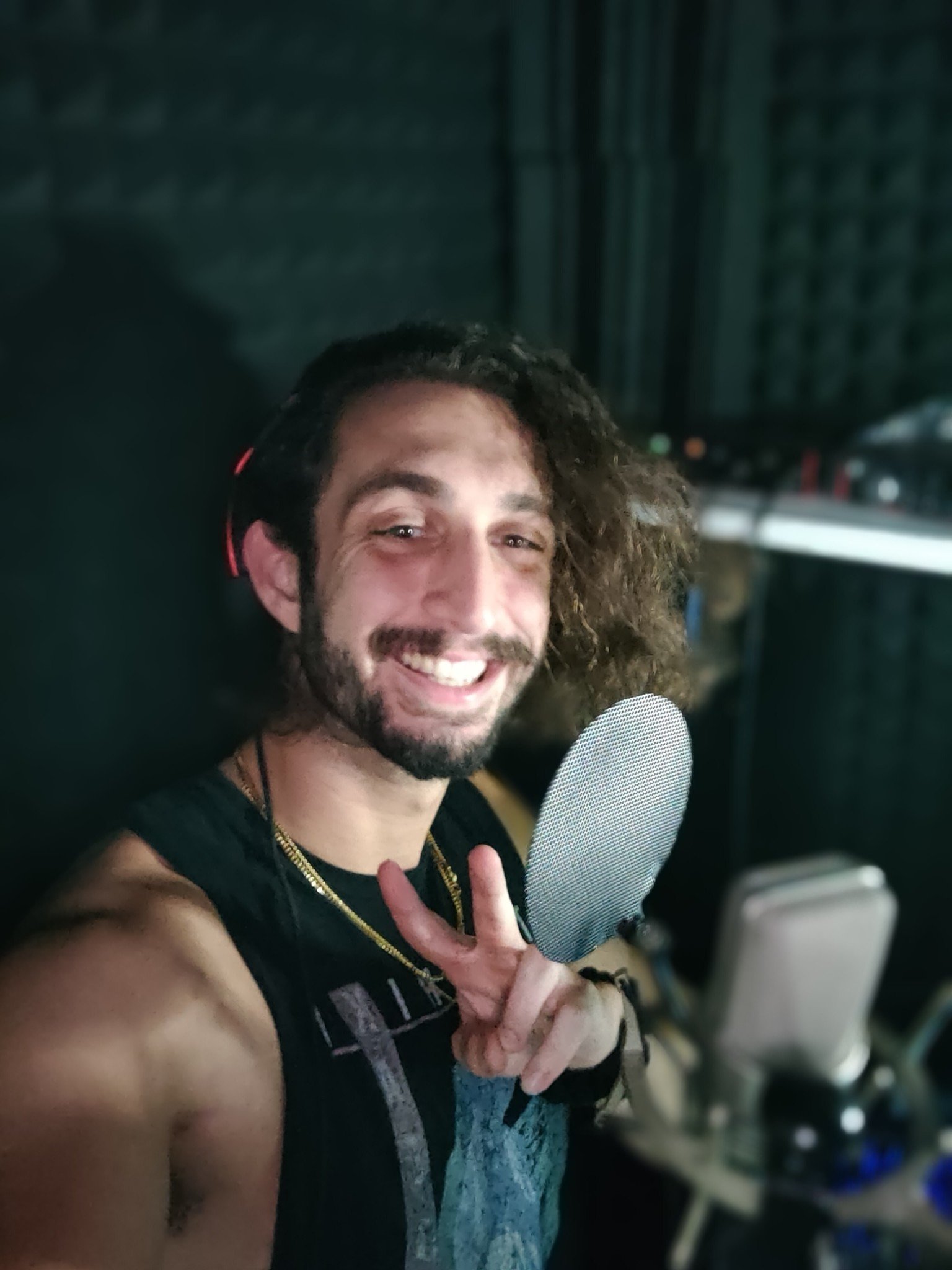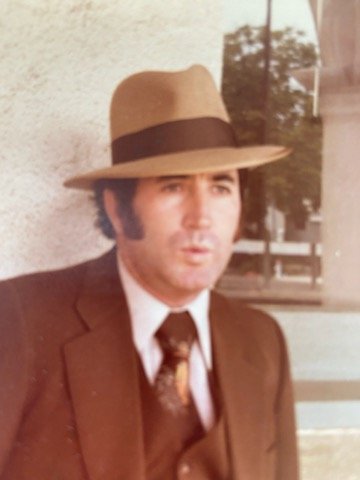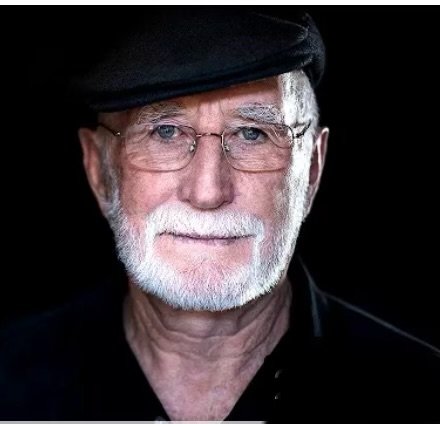By Keith Brunson
At first glance, Edwin Oldfield looks like a tourist. He’s not.
Edwin IS living in paradise and very close to the ocean, but Lima, Peru, is his permanent residence, not his vacation. And from there, he operates his A-list voiceover business for the upper tier. Companies like Tesla. That’s right…Tesla.
“I actually made the move 12 years ago. I loved it here in South America, so I just “DID IT” and made that ex-pat move stick.” The road as to how he got there is, of course, happenstance. “I was in the exporting business of crafts for 21 years, and I found Peru got in my heart, so I made it my new home.”
Being a voiceover artist, it didn’t matter where he lived. As long as he had the microphone and the connectivity, Edwin could have moved to the north pole because “It doesn’t matter,” he tells me.
Edwin had been around voiceover all his life in some form or fashion, but as his voice matured and his exposure increased, producers chased Edwin for his beautiful pipes, not the other way around. “But it wasn’t until things really kicked in with my voice that my independence to be “the voice” was possible from anywhere. www.EdwinOldfield.com
And as a union SAG/AFTRA performer, the voice work Edwin did at one time would sometimes renew, which yielded yet another residual payment.
His latest voice project is a four-episode mini-series, “EARTH X.” Produced in 4k, Earth X, is about, well…the beauty of the earth.
“It tells the story of the planet and showcases its natural beauty.
Produced stateside, Earth X is airing on Spectrum and is an ultra-expensive production that showcases Edwin’s voice in a way that very few shows could. “It was the right place, right time.”
Of Scottish descent, Edwin, whose Father was a professor, taught him the value of enjoying the entire world, not just the beauty of being an American. “I like how my life has evolved,” says Edwin, “and I really appreciate how the business of being a voiceover artist has allowed me to live abroad as an American while I enjoy the culture of another country.”
And that’s the beauty of life as a 60-year-old voiceover artist with a trained voice and a pleasant demeanor. “The lack of limitations opens that very door…and because of it, I’ll be able to do this at 92.”



























